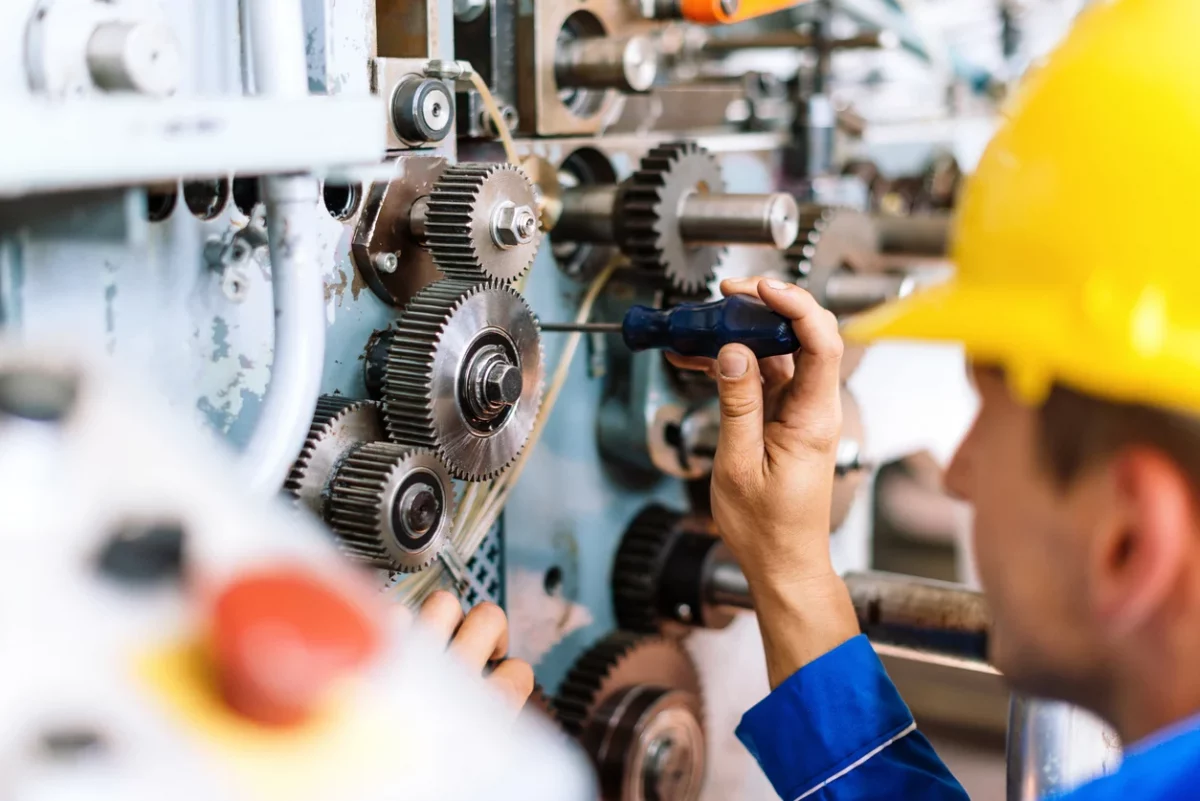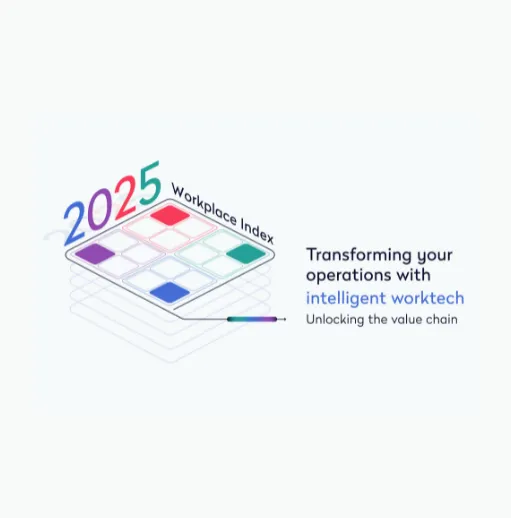
You put a lot into both your maintenance department and your assets, and to see the maximum return on those investments, you need to develop the right combination of maintenance strategies. Preventive maintenance is a tried-and-true method that delivers a wide variety of benefits. But it doesn’t work with every asset type.
What is asset management preventive maintenance?
Knowing which maintenance strategy to adopt to get the most out of your assets is vital to maximizing their useful life, but implementing the same strategy for every asset is not the most efficient or cost-effective solution. Not every asset benefits from preventive maintenance.
But before going any further, it’s important to have a clear definition of preventive maintenance. Before we can safely say it’s not always the best solution, we need to be clear on what it is and how it works.
Preventive maintenance has become one of the most widely adopted strategies in the past several years, and for good reason. It can save companies as much as 18% on maintenance costs. This approach involves pre-empting equipment downtime by using preventive maintenance software to automatically trigger work orders when an asset reaches certain usage levels.
PMs are typically meter-based or time-based, so you might change the oil on a vehicle after a certain number of miles driven, and you would change to winter tires during the winter season. These could also be based on manufacturers’ recommendations for how often the equipment should be serviced.
Either way, it helps you avoid costly unscheduled downtime by having technicians maintain the asset before it breaks down. A good example of preventive maintenance is changing the oil on a truck. The vehicle may still be working perfectly fine, but replacing the oil at regular mileage intervals prevents the engine from seizing, leading to a much more costly repair.
Which assets do not need preventive maintenance?
Regardless of the strategy’s well established benefits and well earned popularity, the following asset types generally do not benefit from preventive maintenance.
- Short life assets
- Disposable assets
- Durable or non-maintainable assets
- Low capitalization assets
- Non-critical assets
Let’s look at each one in more detail.
Short life assets
These assets are generally designed with a maximum lifecycle of 16 years and are typically replaced sooner. They also usually don’t take up much space and are pretty easy to replace.
A good example of this might be the traffic paint at your vehicle storage facility. It can start to fade and become hard to see after several years of heavy use, but it’s easy and inexpensive to repaint.
Disposable assets
Disposable assets are usually inexpensive or are specifically created to be single-use items. These would be things that require regular replacement based on mileage or usage recommendations from the manufacturer, such as oil filters and spark plugs.
They also have low carrying costs, meaning they don’t take up much space in a warehouse and have a long shelf-life.
Durable or non-maintainable assets
For the most part, these assets are not designed to wear out over time. They also don’t require any maintenance to perform their functions and are not expected to fail during their useful life.
This would be something like the garage where you store and repair your vehicles. It has a very long life cycle and isn’t expected to require major repairs to perform its functions.
Low capitalization assets
Assets like this are ones that could require some light maintenance during their lifecycle but are typically replaced based on their age or condition. Essentially, the cost of any major repairs are more than cost of replacing them.
The mobile devices your drivers use, for instance, might need a screen repaired or a battery replaced at some point, but it’s generally more cost-effective to just replace the entire unit.
Non-critical assets
As the name implies, these are assets that don’t really have much effect on overall production so if they were to fail, it doesn’t bring down the entire system or significantly impact output.
This might be the automatic windows in your truck. Sure, it’s inconvenient if they’re not working right, but it doesn’t impact the overall usefulness of the vehicle itself.
What are the other asset maintenance strategies?
Now that you have an idea of which assets may not need preventive maintenance, let’s look at what the different maintenance strategies are that you could adopt.
In addition to preventive maintenance, there are essentially three main strategies for maintaining assets:
- Run-to-failure (RTF)
- Condition-based
- Predictive
Each strategy has its own advantages and disadvantages, but you can’t really know which one is best for you until you determine the criticality of each asset.
Once you’ve identified which assets have the most impact on your output, you can apply the appropriate maintenance strategy.
Reactive (RTF) maintenance
Technically, reactive maintenance is not true run-to-failure maintenance. However, there are similarities. A reactive maintenance strategy involves letting assets run until something on them breaks and needs to be repaired. RTF involves letting the asset run until the entire piece of equipment fails and needs to be replaced.
A classic example of an asset using RTF maintenance is a light bulb. As a disposable asset, they have low carrying costs and using sensors and data to track their condition would be a waste of money. Plus, they aren’t repairable or maintainable. The most effective strategy is to use them until they burn out.
Condition-based maintenance
A condition-based maintenance strategy tracks the asset as it operates and establishes a maintenance program based on how that asset is performing. If the output from that asset drops below a pre-determined level, then the asset is replaced.
Think of tires on a work truck. Keeping track of the tread on the tires will reveal a point at which they become unsafe to drive on and need to be replaced.
Predictive maintenance
Predictive maintenance is the most advanced and expensive strategy available. It involves a large, up-front investment in sensors and other connected technology to collect massive amounts of data on your assets. This data is then analyzed by your enterprise asset management (EAM) software to anticipate when your highest value assets might fail and triggers a work order to repair them before they break.
This extremely granular, data-intensive approach is also extremely cost effective, especially for companies that operate large, very expensive equipment that has a large impact on productivity. Losing or shutting down these assets for extended periods to perform repairs would be devastating so having up-to-the-second performance data on your assets is crucial.
What is the best asset preventive maintenance management strategy?
This really all depends on your assets and how they impact productivity in your organization. The best way is to develop a reliability centered maintenance (RCM) program. This is a very high-level approach to your organization that examines each functional system and determines how each asset within the system effects productivity.
As this is a very sophisticated approach that require a lot of equipment and expertise, it’s not always realistic for every organization. If you already have a pretty good handle on which of your assets are most critical and how they impact production, then you can use your EAM solution to develop the most appropriate plans for your assets.
For many assets, a preventive maintenance strategy is going to be the most effective at decreasing your maintenance costs while increasing the life and productivity of your assets. It has a high rate of success and can be easily implemented and tracked with the right preventive maintenance software.
Keep in mind though, not every asset is best suited to a preventive maintenance strategy. RTF maintenance is often frowned upon, especially in fleet maintenance, but it can be a very cost-effective strategy for your company, if used correctly.
Why should you use asset management software for preventive maintenance?
To fully optimize your fleet assets, you need to know which ones are the most critical to your bottom line. Once you determine that, you can choose the maintenance strategy that is most effective for your organization.




